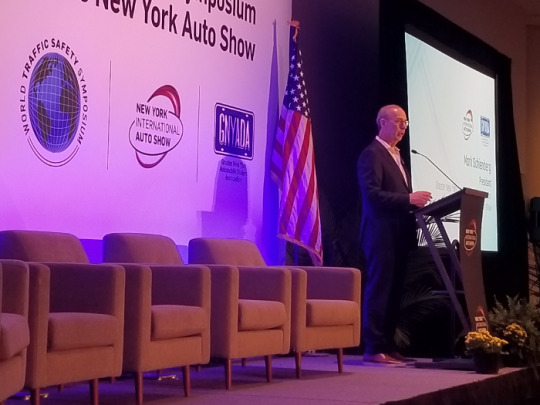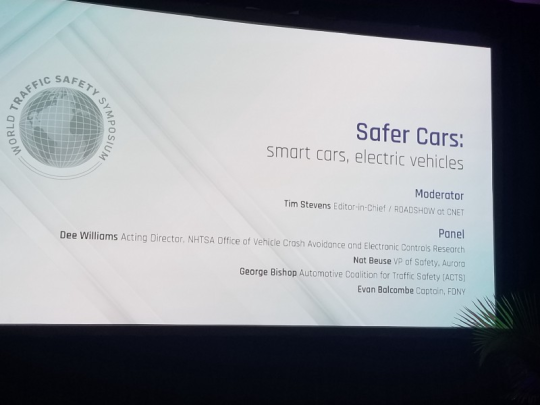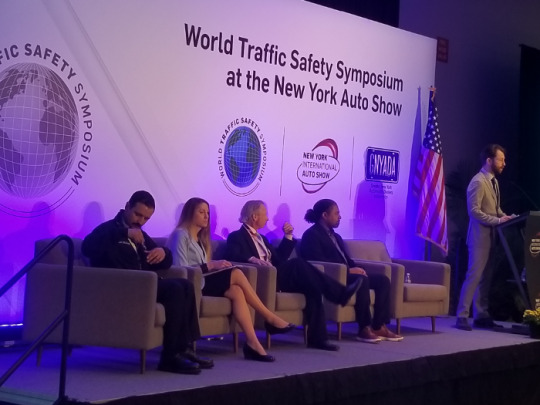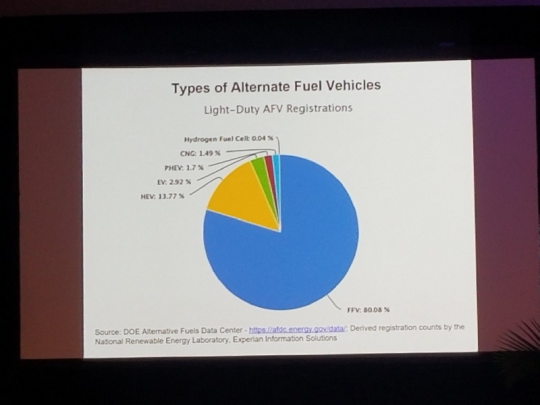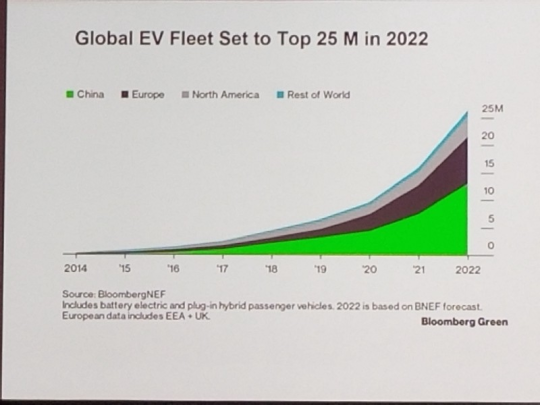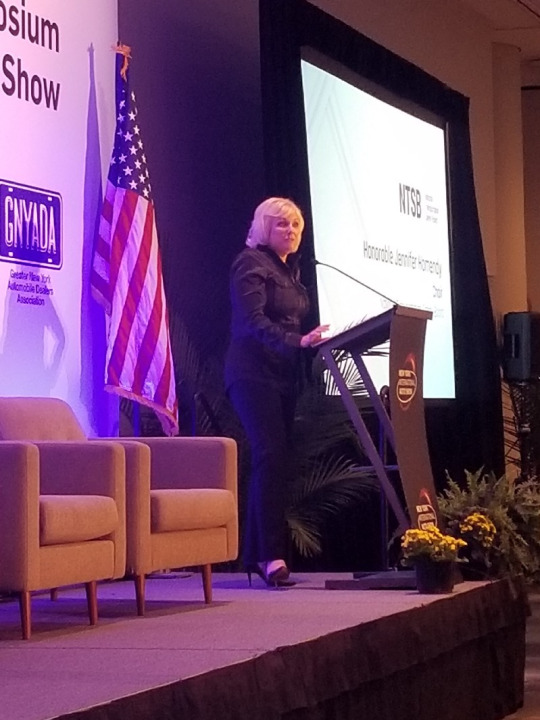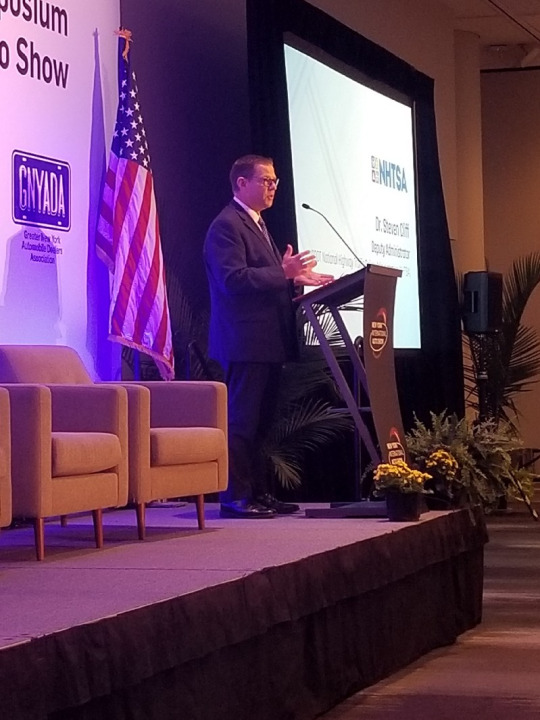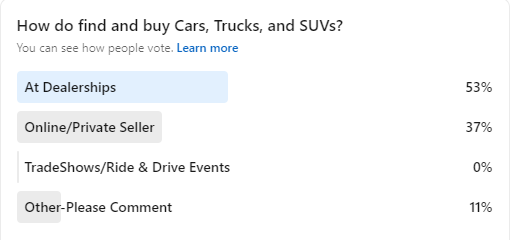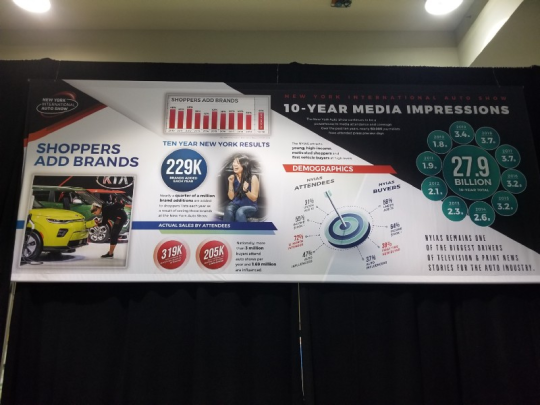Venture Conference Highlights from Newark, NJ
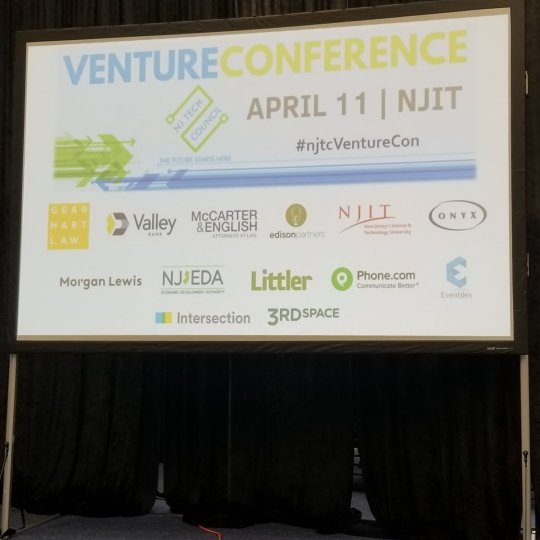
I had the privilege of covering the Venture Conference in Newark, NJ this past Thursday.
James Barrood, President of the NJ Tech Council opened the Conference.
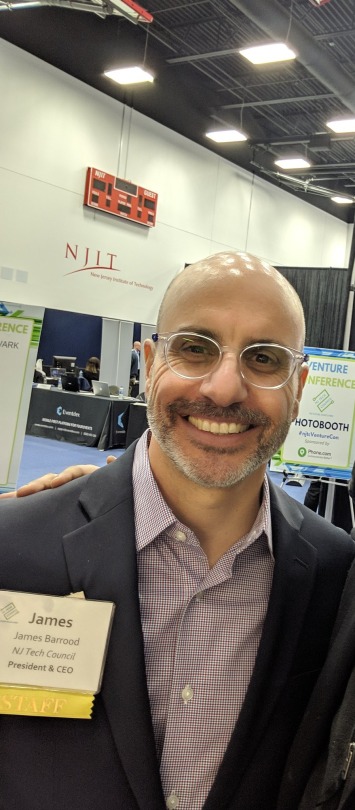
The conference was held at at NJIT; a school that prides itself on preparing its student for STEM careers.
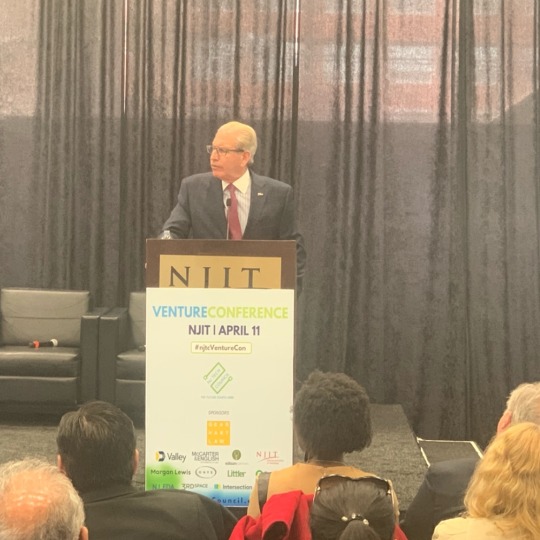
NJIT is helping to innovate New Jersey. NJIT President Joel Bloom discussed this in his keynote address.
The conference was run by the NJ Tech Council.
The council’s mission is to: collectively representing tech, life science and tech-related companies and organizations as well as the professional firms that support them, the Tech Council has the unique ability to:
- Offer opportunities to learn, network and grow
- Recognize and promote member companies and their leadership
- Nurture the tech and STEM talent pipeline critical to growth
- Provide access to financing sources and additional resources
- Advocate and support public policy which strengthens our ecosystem
Founded in 1996, the Council is a private, nonprofit membership organization, which supports the tech, innovation, and entrepreneurial ecosystems across the state and region. It is among the largest and most respected trade organizations of its kind nationwide.
The focus of the event was to help New Jersey start ups grow and raise funds. Start ups pitched their businesses and asked for funding.
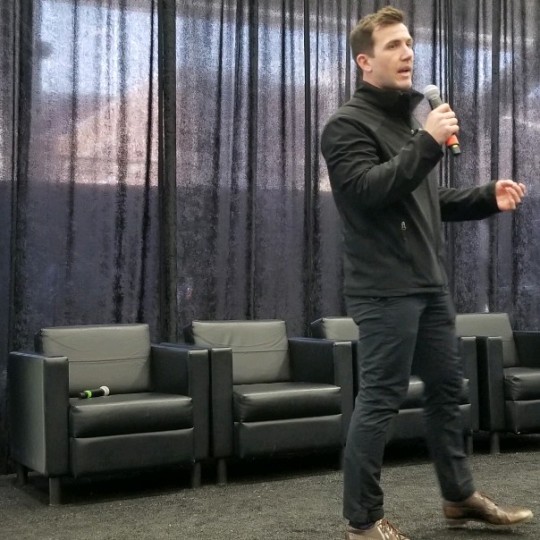
There were two rounds of pitches along with networking opportunities. The startups that pitched represented industries such as but not limited to: EdTech, E-Learning, Healthcare, Sports Betting and esports .
Round 1 included
Scriptertainment
Wapanda
LifeCuff Technologies Inc.
QwikScript
Boxcar
Upside Health
teliapp
SiLAS
eCare21, Inc
VibeGather, LLC
TrueConnect Systems, Inc
Krow Network
WearWorks
MARCo Technologies LLC
Lambent Data
Life Skill Software
OculoMotor Technologies
Sporttrade
TLCengine
SRL Group
Ribbit.io
Nutrivide
MedifVu, LLC
Totally Pregnant
Round 2 Included
PeerChecked, Inc.
Datafy
Medality Medical
Smirta Innovations Inc.
Vikar Technologies
Malbek
Verstill
Commerce Blitz, LLC.
PlayDate
XPEED Turbine Technology
Pochette, LLC
Genomic Prediction
Pullup Technologies
ROAR for Good
Indie Art World
Elemeno Health
Bloqcube
Caregiver Smart Solutions
MYXR Events Corp.
Paratrees
Speak2 Software
Gamefuly
Entractiv
Quintrix
More information can be found here.
You could feel the energy and excitement in the air as I was able to speak with 48 innovate startups.

I really enjoyed the keynote speech by the Fanduel EVP & Head of Strategy David Van Egmond.
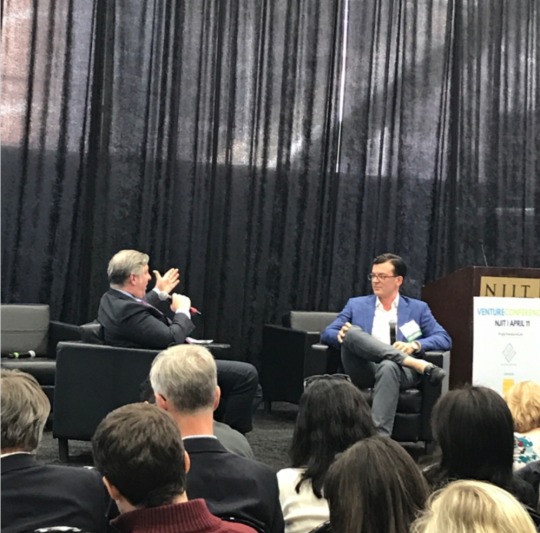
In the speech, he discussed how he helped FanDuel grow and succeed. He also discussed the industry of online sports betting and esports; both are growth industries. These industries are legal in New Jersey and serve as a great source of revenue for the state.
It was a great event. I want to thank the New Jersey Tech Council for allowing me to cover the conference.

